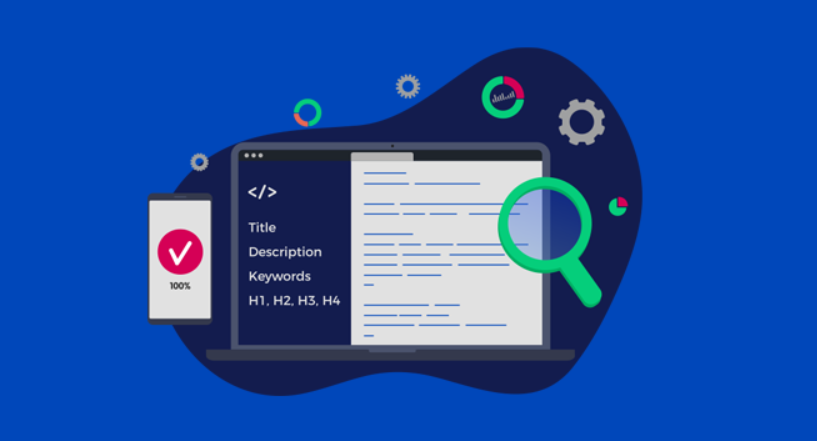Improve SEO: Do you use HTML headings and subheadings in your website content? If you want your site to rank better in search engine results, it is, perhaps, time you did. Here we’ll explain why headings can help your website rank better and make your content more user-friendly at the same time?
How headings benefit your visitors: Improve SEO
Headings and subheadings help organize your content better for your visitors. They divide up the text into sections and provide useful information about what is included in each section. This helps a reader work their way through the text and skips any parts they deem irrelevant. At the same time, a page divided into headed sections looks more attractive and easier to read than one which just has lots of paragraphs.
Using headings, therefore, provides a better customer experience, keeping visitors on the page and entices users to read more of your content.
How headings improve SEO
The difference between using bold text and proper HTML headings (H1, H2, and H3, for example) is that search engines can identify the headings’ HTML. This enables the search engine to scan the headings for keywords and phrases and this helps them get a deeper understanding of a page’s entire content. As a result, it can match your pages’ content better to individual user queries so that when people are specifically looking for the type of content on your website, your pages have a better chance of appearing in the results.
Another key SEO benefit relates to the impact on visitors. If your headings help keep visitors on your pages for longer, search engines will notice that your ‘bounce rates’ have declined and your ‘time on page’ figures have improved. They will conclude from this that your page does indeed provide the information particular queries are asking for and this will help you rank even higher. Importantly, this is why, when writing headlines, you should always create them to help the user stay on the page rather than over-pack them with keywords to attract search engines.
How to use headings correctly
The two key tips for using headings are to structure them correctly and to make sure they contain your key phrase.
Heading structure
When we talk about heading structure, we are really talking about which type of heading (H1 to H6) that you use, and where, on your pages. Essentially, to structure your pages well, you need to know that these numbers don’t merely affect the size of the text on the page; far more importantly, they signify the importance of the heading to both the reader and the search engines.
At the top of the heading hierarchy is the H1 heading. There should only be one H1 heading per page and this should be the page’s main heading or page title. It is the most important heading by far and must contain the keyword or phrase that you want the page to rank for.
The next set of headings, in importance, is the H2 headings. These should be used for your page’s main content headings and at least one of these should contain the page’s main keyword or phrase. However, it is also critical that they clearly inform the reader and the search engines about the content of each section they head.
Additional Headings
If these sections are fairly long in themselves, it is also useful to subdivide them using H3 subheadings. H4 to H6 tags, although available on most website software, are rarely needed, unless, of course, you are writing very long content, such as academic papers, that have many levels of textual structure.
Another thing to consider is your heading and subheading distribution. The most important thing is to put a new heading or subheading every time you start to write about a new topic or subject. However, with web content, it is also believed that you should never leave too much text without a heading. The current guideline says you should have a heading (H2) or subheading (H3) around every 250 to 300 words or so on your page in order to help people progress through what’s on the screen.
How to add a heading: Improve SEO
The page or post title is usually created as an H1 heading automatically when you type the text into the ‘Title’ field. For other types of heading, most website software comes with an editor or block builder with built-in options for turning a line of text into a heading. These often come with a dropdown menu where you select H2 or H3 (or others if needed) accordingly. It is also possible to create titles in the HTML editor using the HTML tags, for example:
This is a heading
.
Using keywords and phrases in your headings
As we have already stated, it is important to put your main keyword or phrase in the page or post’s H1 title. However, you should also try to put it in other headings, at least once and only where relevant, to make it abundantly clear to readers and the search engines what the content is about and to emphasise the keyword’s importance. At the same time, you should also include it a number of times in the rest of the page’s content, without, of course, going overboard.
Conclusion
Visitors and search engines make use of headings and subheadings. They make your pages easier to navigate, look more appealing and break up long text into manageable chunks. When created using HTML, search engines pick up on the importance of your headings and use them to match your site with relevant queries, helping you rank higher for those visitors you most want to attract.







